Table of Contents
What Is Curry?
Curry is one of the most popular spice blends in the world, loved by millions for its rich flavor and versatility. But what exactly is it? Let's dive into the basics.
At its core, curry is a mix of various spices, often including turmeric, cumin, coriander, garlic, ginger, and chili. The exact blend can vary widely depending on the region and the dish it's used for. From Indian to Thai, from Caribbean to Japanese, each culture has its own version of this aromatic blend.
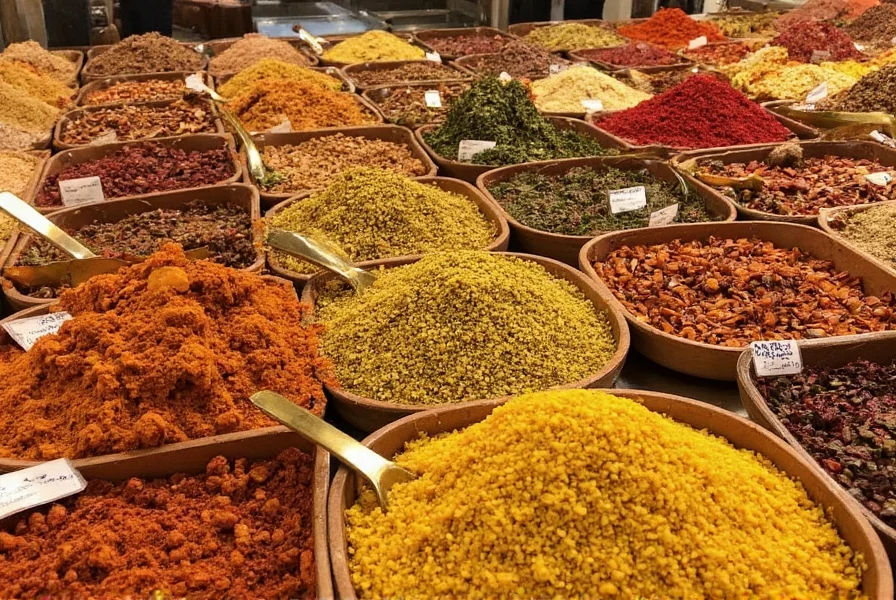
Is Curry a Grain?
The short answer is no — curry is not a grain. But this question is more common than you might think, especially among those who are new to spices or have heard the term used in different contexts.
A grain, like rice, wheat, or quinoa, is a type of plant seed that’s typically consumed as a staple food. These are usually high in carbohydrates and are the foundation of many global diets. On the other hand, curry is a blend of ground spices, which means it's made from dried herbs, roots, and seeds — not grains.
However, some people may confuse curry with a grain because it's often used in dishes where grains are also present, such as in biryani or pilaf. But in these cases, the curry is just a seasoning, not the main component.
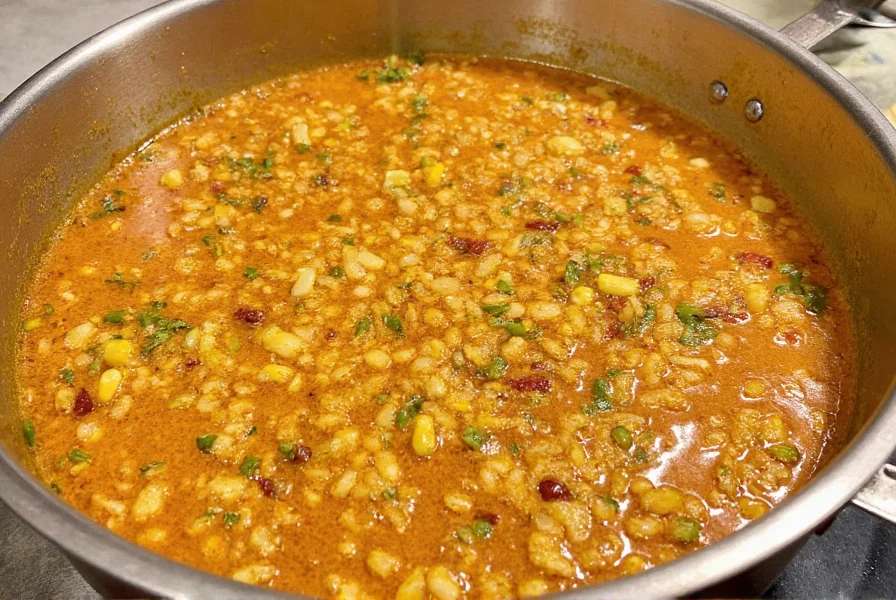
Curry vs. Grains: A Comparison
To better understand the difference between curry and grains, let's break down their characteristics:
| Aspect | Curry | Grains |
|---|---|---|
| Source | Spices, herbs, and seeds | Plant seeds (rice, wheat, oats) |
| Flavor Profile | Spicy, aromatic, complex | Mild, neutral, starchy |
| Primary Use | Seasoning for dishes | Staple food |
| Nutritional Value | High in antioxidants, anti-inflammatory properties | High in carbs, fiber, and protein |
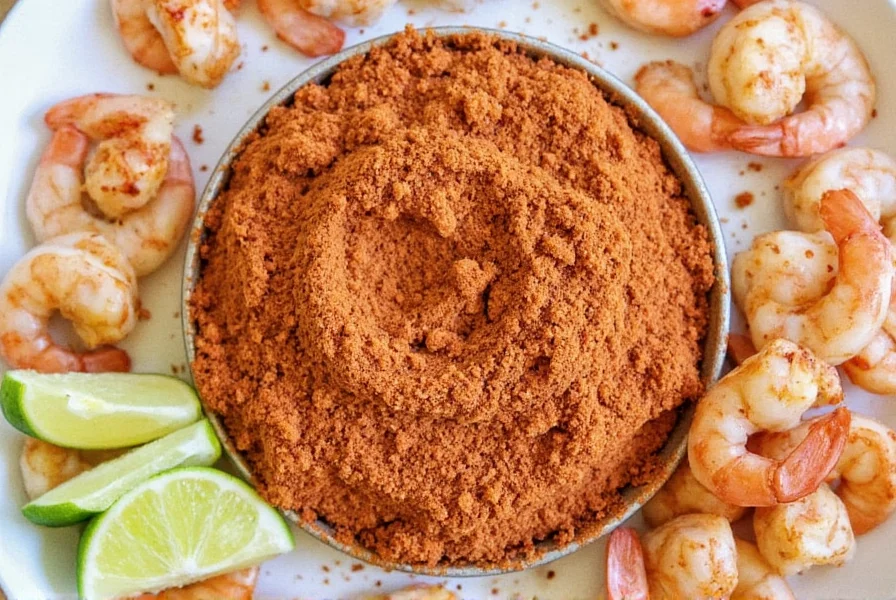
Practical Tips for Using Curry
If you're new to using curry, here are a few tips to help you get the most out of it:
- Start with a small amount: Curry can be strong, so it's best to add it gradually and taste as you go.
- Use fresh spices: Freshly ground spices will give your dish more depth of flavor.
- Pair with oil or fat: Curry works best when cooked with oil or ghee, as this helps release the essential oils.
- Experiment with regional variations: Try different types like Madras, mild, or tikka masala to find your favorite.
- Store properly: Keep your curry powder in an airtight container away from light and heat to preserve its potency.
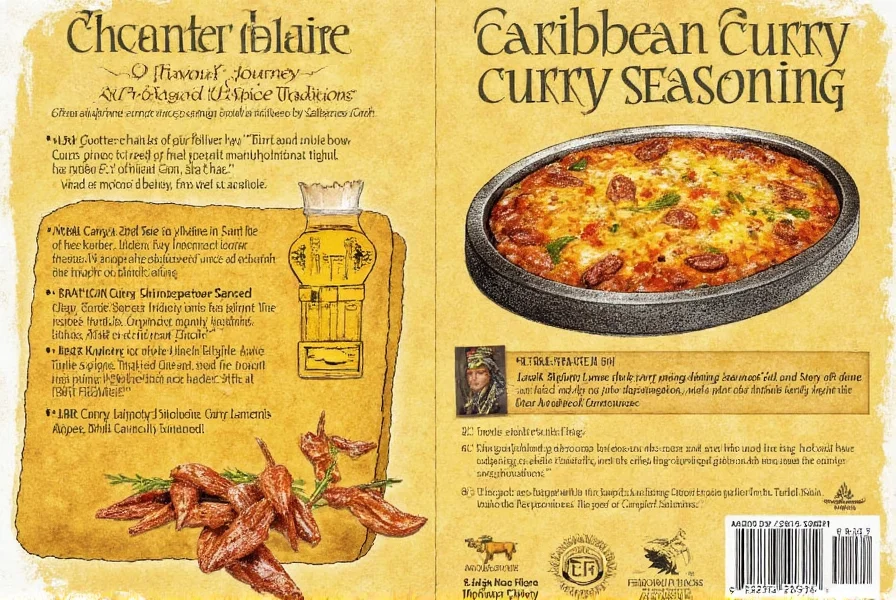
Buying Guide for Curry Products
If you're looking to buy curry, there are several options available, each with its own pros and cons. Here's a quick guide to help you choose:
1. Pre-Made Curry Paste
Features: Made from blended spices, often with added ingredients like lemongrass or coconut milk.
Advantages: Quick and easy to use, great for busy cooks.
Use Cases: Ideal for Thai curries, stir-fries, and sauces.
Target Audience: Home cooks and beginners.
Suitable Occasions: Weeknight dinners, potlucks, and casual meals.
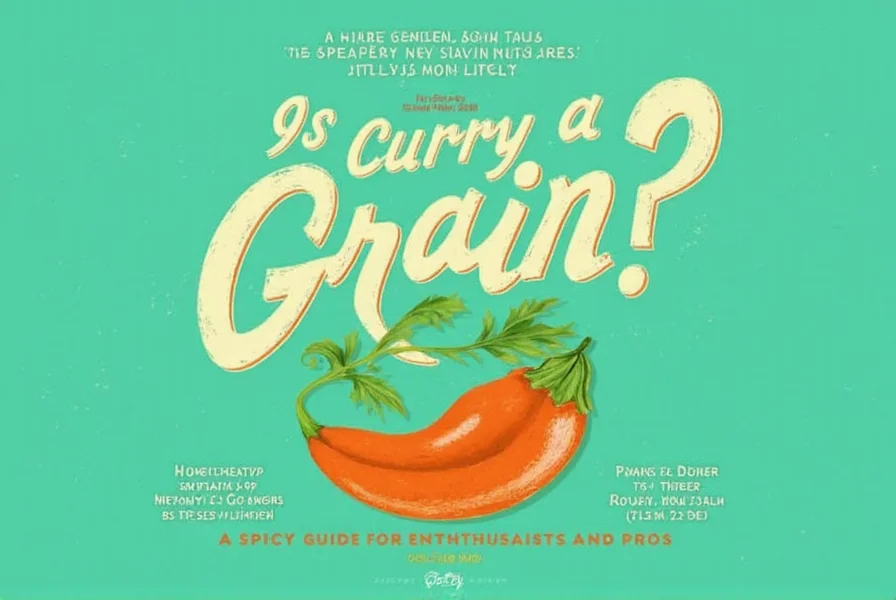
2. Dry Curry Powder
Features: A mixture of ground spices without added liquids.
Advantages: Versatile, long shelf life, and customizable.
Use Cases: Used in Indian and Middle Eastern dishes, as well as marinades and rubs.
Target Audience: Intermediate and advanced cooks.
Suitable Occasions: Dinner parties, holiday feasts, and gourmet cooking.
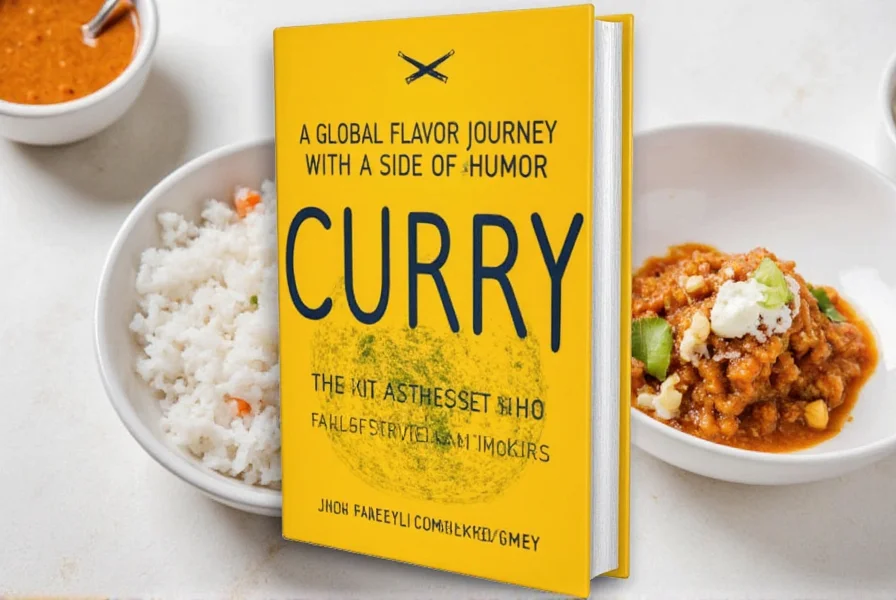
3. Fresh Curry Leaves
Features: Whole leaves used for flavoring.
Advantages: Adds a unique, aromatic note to dishes.
Use Cases: Best used in soups, stews, and slow-cooked dishes.
Target Audience: Experienced chefs and spice lovers.
Suitable Occasions: Special occasions, restaurant-style cooking.
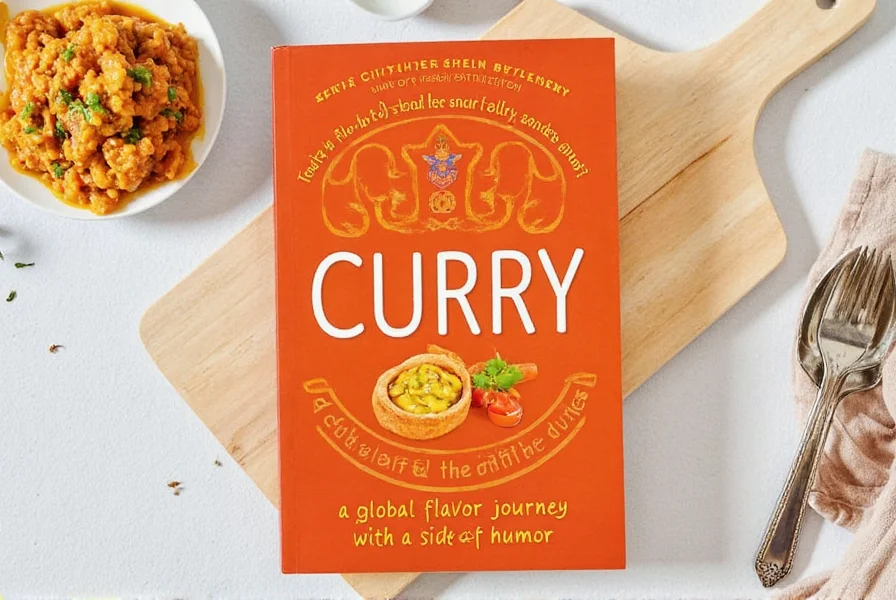
4. Curried Vegetables or Meals
Features: Ready-to-eat dishes with curry as a key ingredient.
Advantages: Convenient, time-saving option.
Use Cases: Perfect for lunchboxes, picnics, and on-the-go meals.
Target Audience: Busy professionals and families.
Suitable Occasions: Quick lunches, family dinners, and snacks.
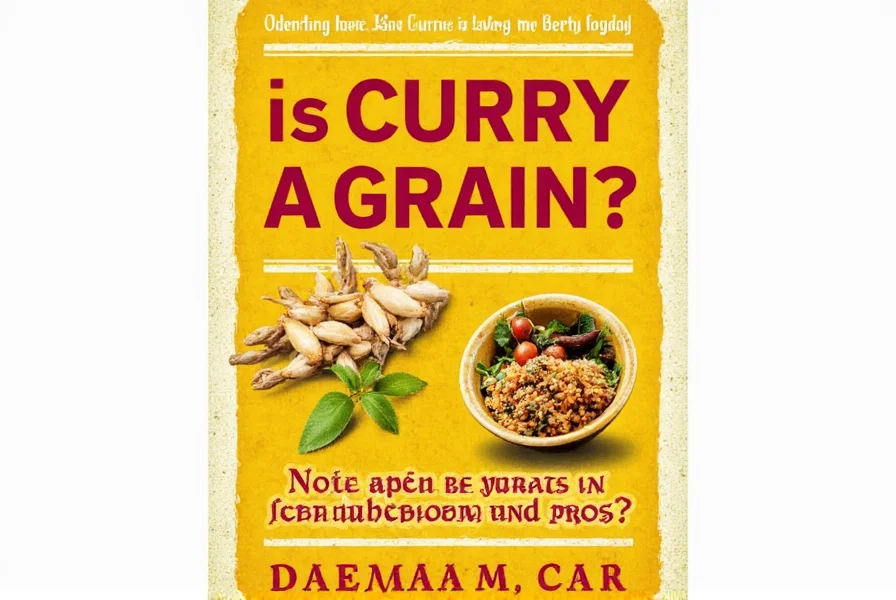
Conclusion
In summary, curry is not a grain — it's a spice blend with a complex flavor profile and a rich history. Understanding the difference between curry and grains can help you make better choices when cooking and shopping.
Whether you're a seasoned chef or a curious enthusiast, experimenting with different types of curry can open up a whole new world of flavors. So next time you reach for that jar of curry powder, remember: it's not a grain, but it's definitely a star ingredient!
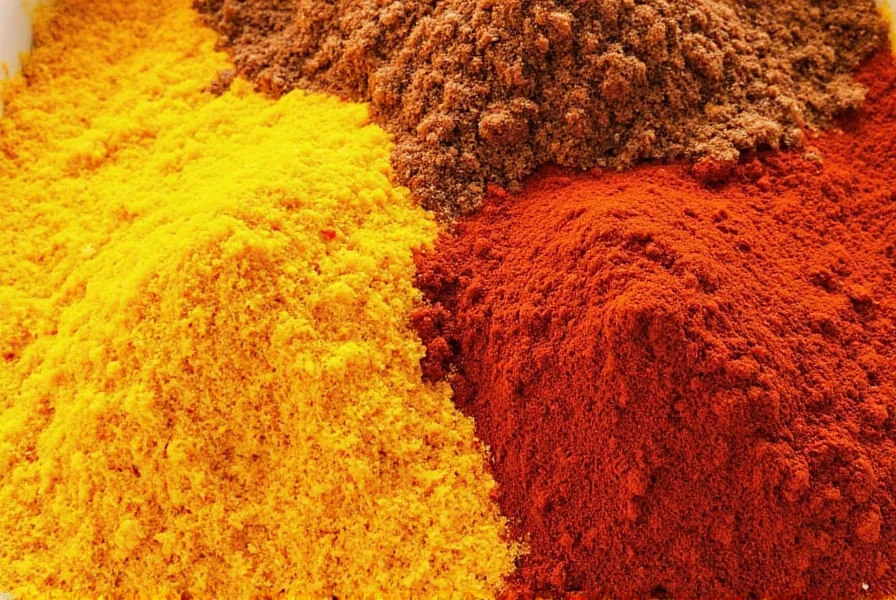










 浙公网安备
33010002000092号
浙公网安备
33010002000092号 浙B2-20120091-4
浙B2-20120091-4